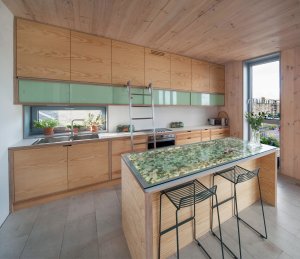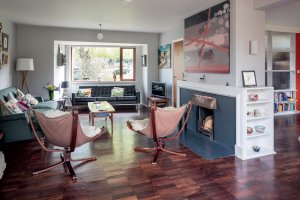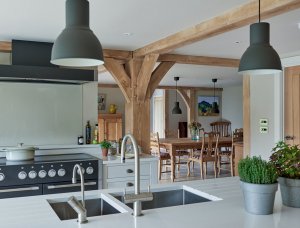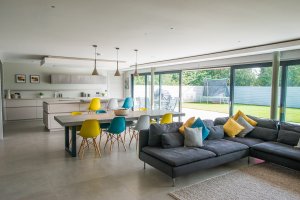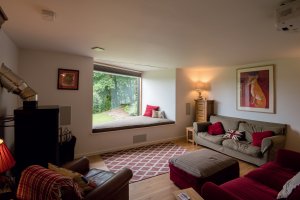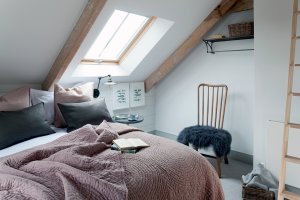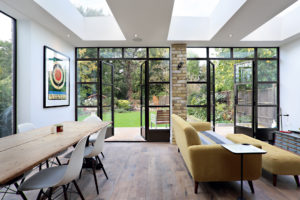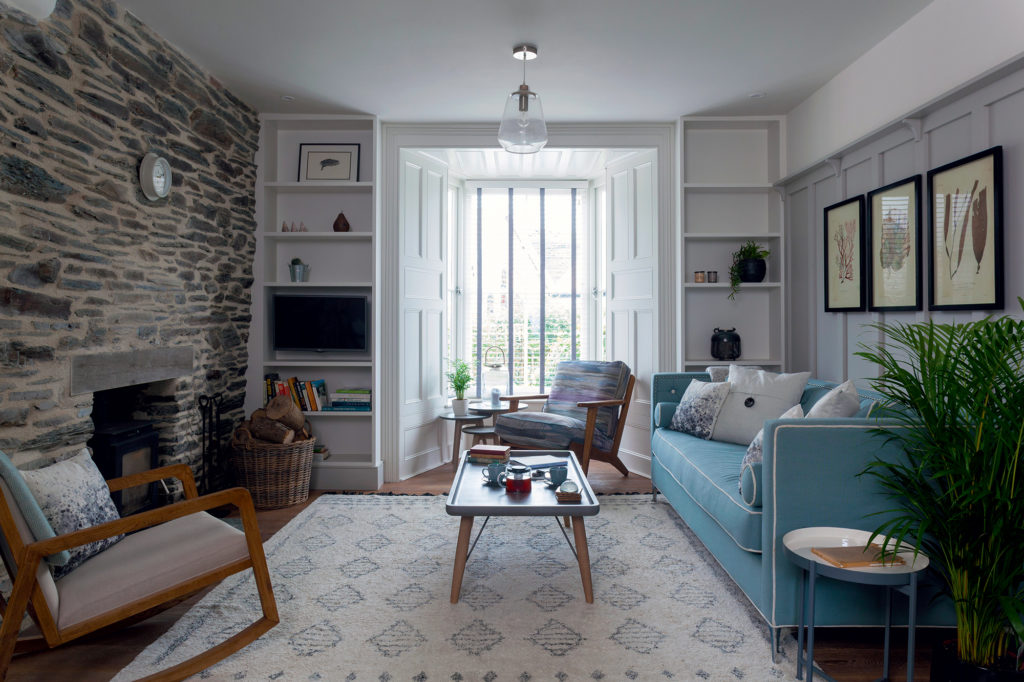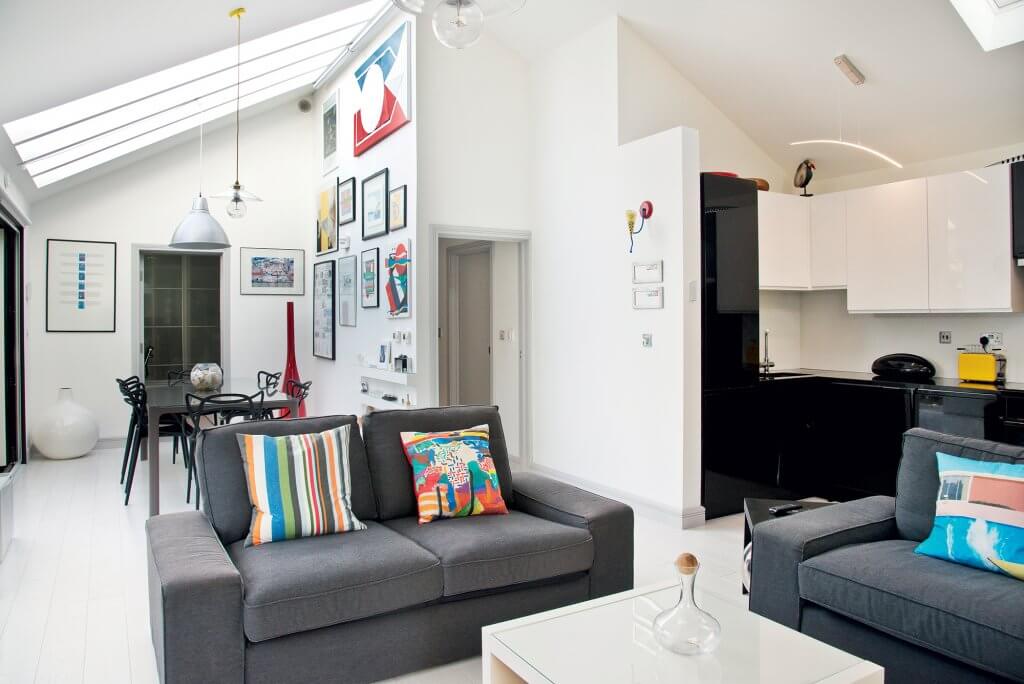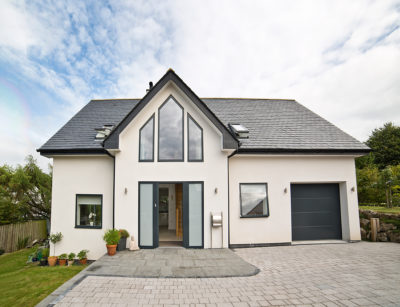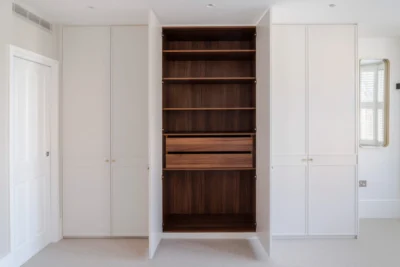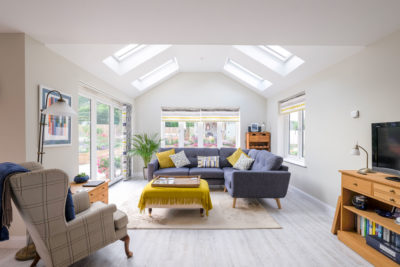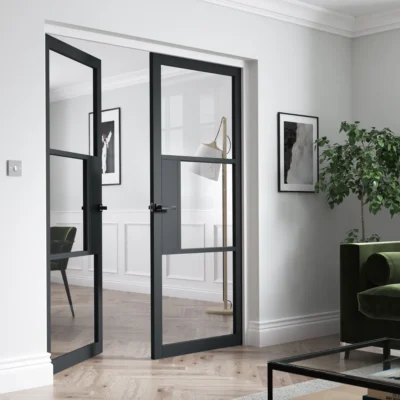Hiring an Interior Designer for your Project
An interior designer will do much more for your home than simply telling you what cushions are in trend. Whether you’re after understanding how to better use the space you already have, or want to ensure you make the most of your self build, a professional may hold the answers you’ve been looking for.
This month I catch up with Diana Cellela, president of the Society of British and International Design, about the benefits of hiring an interior designer for your self build or renovation project and what to expect from their services.
At what stage of their project should self builders hire an interior designer?
As early as possible in the scheme, really. I think the sooner the professional is involved the better, because they’ll be able to consider the configuration of the property and how it will be used. This means they can make sure everything in your house coordinates, particularly on a practical level.
Browse the gallery for more inspiring interior schemes:
A good designer will do more than just look at colour palettes and furnishings; they can advise you on how many electrical outlets you’ll need, for instance, as well as telling you where your radiators should be installed according to how you’ll be using the room.
What should homeowners take into account when planning the look throughout their home?
First and foremost, they need to reflect on the function of the room. Knowing whether a room will be a multi-use area or have a single purpose will give you a clear outline of what you need.
They should also be thinking about the size of the space and how natural light affects the zone – the key is to consider the individuality of the room and not just copy from a different project. The design you choose will have to be bespoke for that space.
Then you can ask yourself what you are trying to achieve, what feelings you want to develop as you walk into the room and how you might be able to create that. Putting together a mood board can be a great way to figure these things out and give the project direction.
How do interior designers make the most of a new space?
An interior designer will bring their expertise to plan the zone, as they fully understand ergonomics and colours. They will look at the room objectively and make sure the proposed scheme delivers to the functionality the owners want.
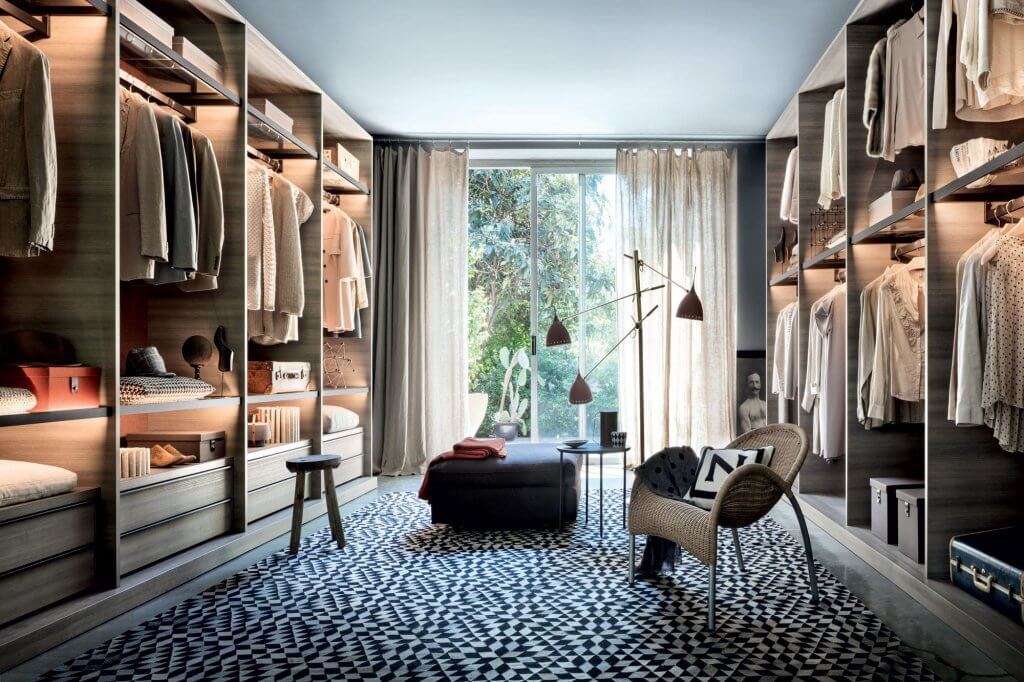
Get the look: Bespoke Wardrobes from IQ Furniture |
Interior designers are also familiar with the latest products and technology to improve a home, so they’ll be able to advise you on which items to look for and avoid gimmicks.
Professionals will have the knowledge and the experience to understand what works where and whether it’d be really practical for your lifestyle. For instance, they can create a scheme that could be easily updated should the homeowner want something different down the line. Their work is not just about making your house look beautiful and on trend, but also ensuring it will stand the test of time.
More importantly, a professional can help you save money. People sometimes feel an interior designer will be expensive and not fit with their budget. The reality, however, is that hiring someone who really comprehends the subject will eliminate a lot of error, and therefore expense. They fully recognise how to cost items and are very savvy at balancing out where you need to put your money.
What services do interior designers provide?
This varies according to the professional, but most will offer to completely plan the domestic look and then put together the correct specification – a detailed list of what you need. They often hand you a room finish schedule, too. For example, they’ll write down exactly where each item goes, be it on the walls, floors or ceilings.
Some designers can also procure the products for you – so they’ll be buying items – as well as project managing. They can liaise and coordinate with contractors to ensure the work goes as smoothly as possible. My advice would be to figure out which solutions work best for you at the very beginning, and find the right professional for that.
How do interior designers charge for their work?
Costs will vary according to the specialist, your scheme and the assistance you are requesting. Some offer a flat fee, for example with smaller projects or on a room-by-room basis. Working on a fixed rate you’ll get a comprehensive breakdown of what’s included; generally the planning, electrical layouts, specifications and suchlike.
Other designers will charge you a percentage of the overall spend, meaning you’ll have to be very mindful of what the overall budget is and keep an eye on that; of course they’ll also be doing that for you.
I think the key is to ask your chosen professional to give you a quote at the beginning, and to make sure you fully understand what you are paying for and what you can expect to gain from it.
Where should self builders prioritise their budget to plan their home interiors?
Generally the most expensive areas are the kitchen and the bathroom. I think you can’t go wrong if you spend on the culinary zone. This is a highly functional space and you’ll be giving it plenty of use throughout the years, so make sure you buy durable products. Sanitaryware items are also worth investing in.
With other rooms in the house, however, you can afford to save a bit more money. You can add colour and wow factor with inexpensive furnishings that will make the areas more exciting.
What’s your top tip for creating an interior plan?
Neutral colour schemes work really well across the home, especially for those on a budget. These palettes are very versatile, as you’ll be able to add accessories to increase interest, rather than completely paint a room in a bright tone and face making a mistake. By sticking to neutrals you’ll be helping to future-proof your interiors, too. This means you can easily update them with soft furnishings without having to re-do all the finishes throughout.
The SBID is a regulatory body protecting interior designers and their clients by establishing a code of ethics and professional conduct.
































































































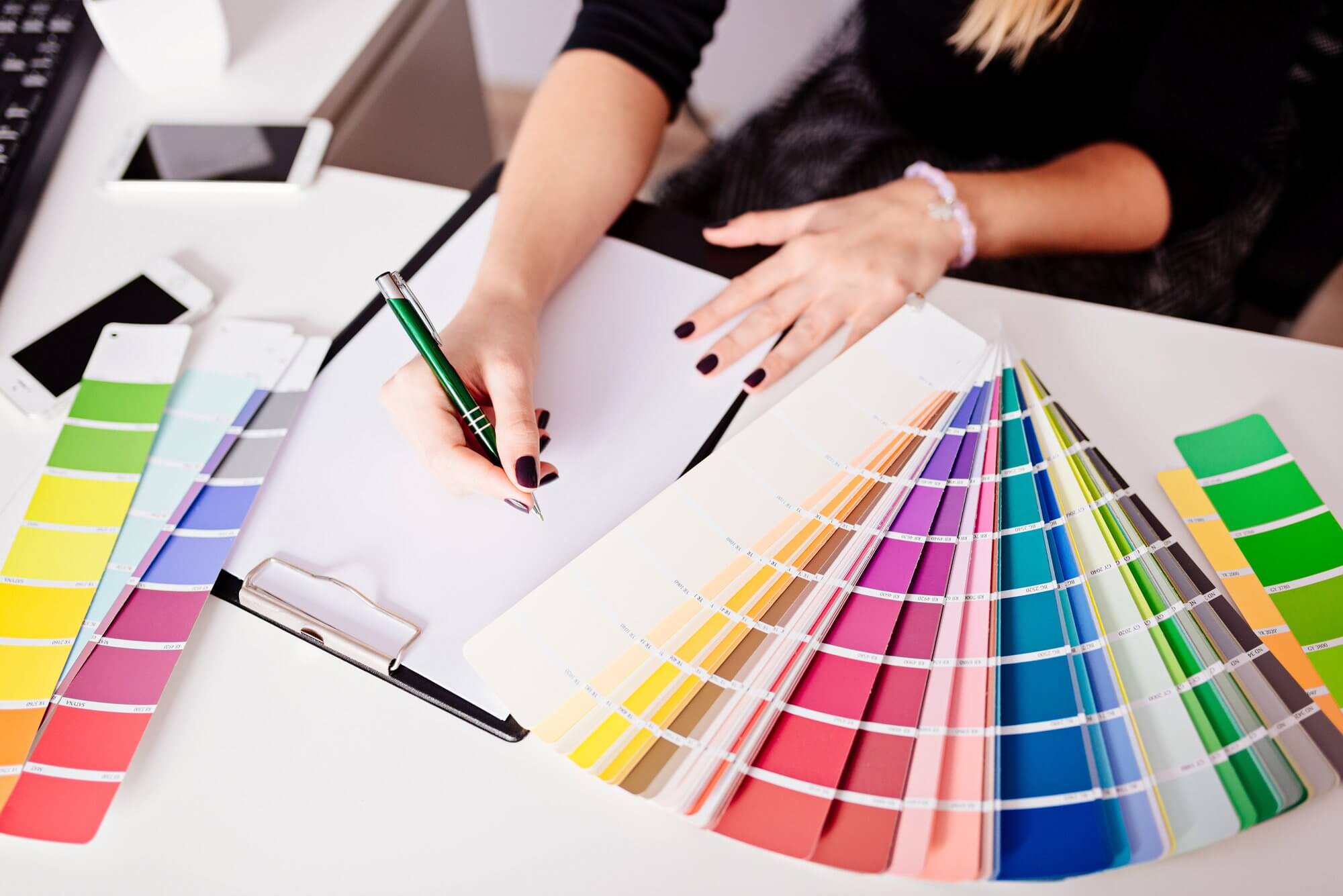
 Login/register to save Article for later
Login/register to save Article for later

